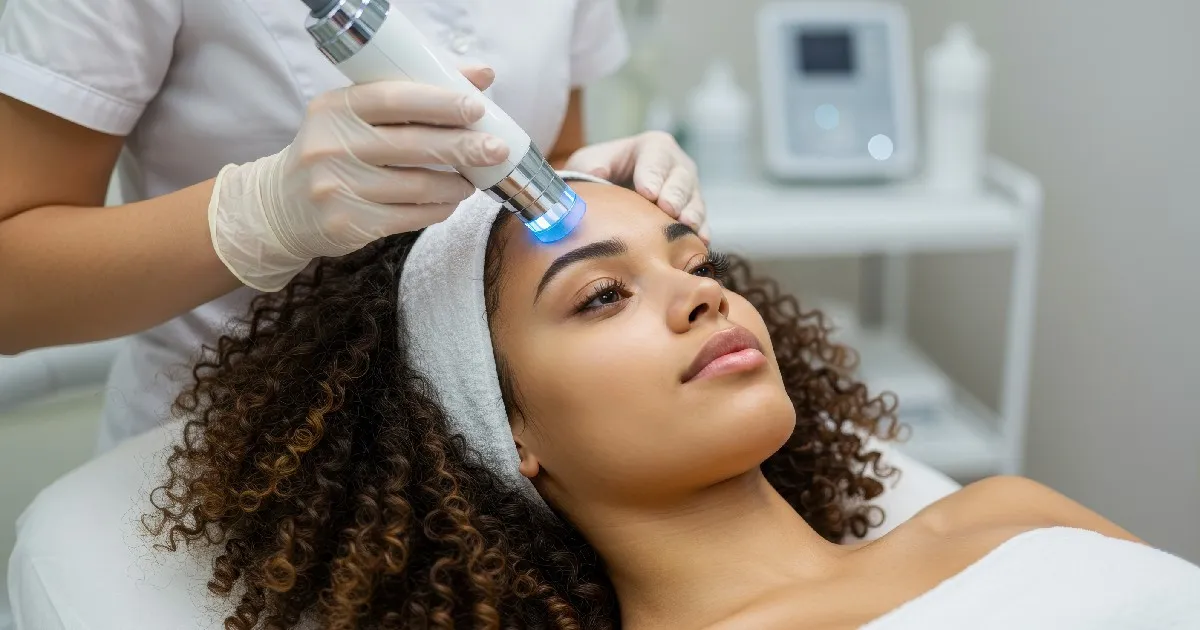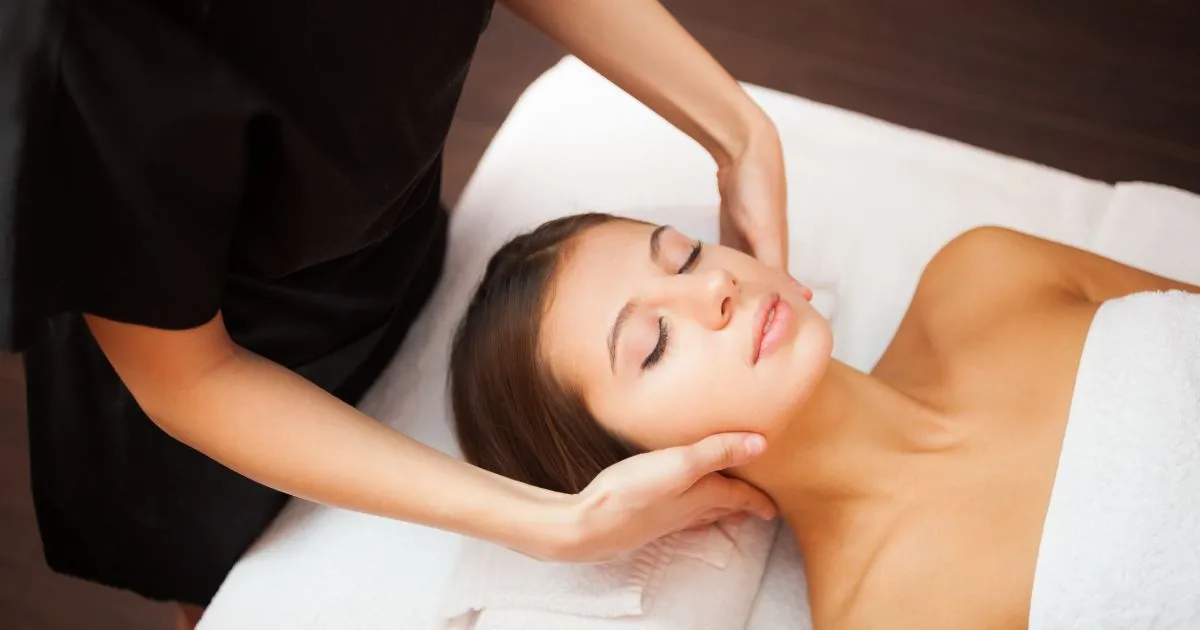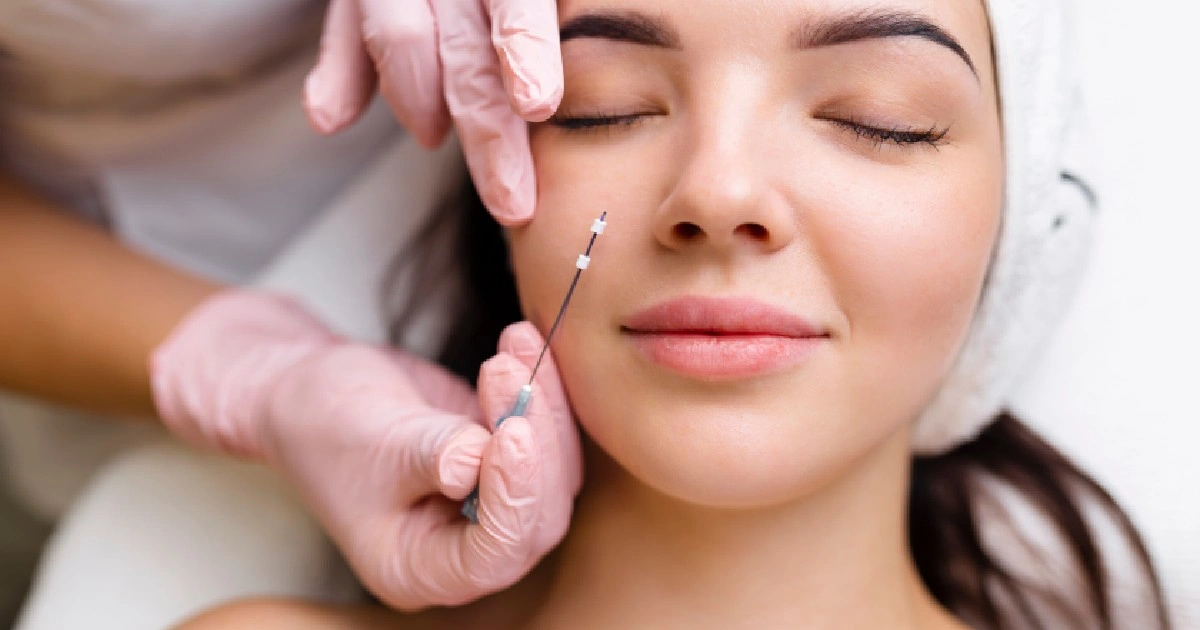Botox and fillers are two different, yet similar methods used in cosmetic injections. The pair use different techniques to help you sculpt and shape your face. This guide will help you to see the benefits, differences, and drawbacks of botox vs fillers.
What is Botox?
Botox is made from a specific neurotoxin Clostridium botulinum found naturally in soils, water sources, and intestinal tracts of animals and fish in small quantities. In large doses, it does cause botulism and needs to have controlled uses. Blocking signals from the nerves to the muscles, Botox causes the injected muscles to no longer contract. In return, wrinkles will relax and soften. This will result in a youthful appearance.
Botox can help a number of cosmetic and medical conditions, including:
- Eye twitching
- Fine lines
- Wrinkles
- Excessive sweating
- Crossed eyes
- Facial sculpting
Since the Botox only affects the muscles, it doesn’t change the shape, add volume or sculpt the face like a filler, but can preserve the youthfulness of skin by preventing further damage to be caused. It is an FDA-approved treatment for improving fine lines, wrinkles, frown lines, crow’s feet, forehead lines, and specific medical conditions caused by muscle spasms.
Botox takes just moments to inject by a trained professional. Once it’s done, the results can be seen as early as 1 week with optimal results seen in 2 for most patients. The treatments last for up to 3 months without any lasting side effects or pain.
Pros of Botox
- Quick and minimal
- discomfort
- Performed in an office or medspa as an outpatient (no hospital or invasive procedure needed!)
- No downtime
- Allows skin to look younger through diminishing wrinkles and fine lines
Cons of Botox
- Cost
- It is only temporary
- It may cause for decreased or diminished facial expressions
- Pain at the injection site and residual soreness after treatments
- Temporary numbness, bruising, or pain at the site
Where Can I Get Botox?
Botox is most commonly injected at the face and neck.
Upper Face:
- Forehead lines
- Frown lines
- Top of the nose – for “bunny lines”
- Eyebrows
Around the eyes:
- Hooded eyes
- Crow’s feet at the corner of the eyes
- Under the eyes
Lower Face:
- Jawline
- Chin
- Jaw Angle for teeth grinding
- Lipstick lines – around the mouth
What are Dermal Fillers?
Dermal fillers are injections of a gel-like material called hyaluronic acid. This material helps to sculpt and reform the face in the desired effects. The gel remains in place and is integrated into the tissue and is then naturally absorbed by the body. In the meantime, your body begins a healing process and collagen production will be enhanced in the areas where you received your dermal fillers. These fillers allow you to restore volume, smooth wrinkles, plump lips, and restore a youthful appearance.
Whereas Botox works directly with the muscles, fillers are injected to allow your body’s healing process to rebuild and replace the injected material. In doing so, the face or area is molded to be firmer, more youthful, and has faster and longer-lasting effects.
The filler “fills” in wrinkles, lines, scars, and forehead to help troubled areas and provide a more youthful look. They do this by adding volume to the area but can take time to see the effects depending on the site and the type of injection.
Types of Fillers
There are a variety of different fillers that can be used from threads, naturally occurring acids, mineral-based, and your own fat being transplanted. Based on a consultation with your doctor, you may decide on any of the types and these commercial brands.
- Juvederm is hyaluronic acid, HA, that is a naturally occurring acid in your skin that gives it a full and hydrated look and feel. HA is a soft gel that is injected and the results can last from 6-12 months depending on how well your body absorbs it. Juvederm is approved by the FDA for wrinkles and folds in the face.
- Restylane is another HA injection with specific formulas for your lips, face, and hands. It has lasting results that can be seen within a few days or even instantly. Results can last for 6-12 months as well without the need for further injections.
- Kybella is a deoxycholic acid found naturally in the body. It is used for the face and chin to help with the double chin. It works by naturally breaking down the fat beneath the chin when the issue is not weight-related or resistant to diet and exercise.
- Sculptra is a poly-L-lactic acid (PLLA). This naturally degradable substance encourages your body to begin natural collagen production. The filler can take longer for results to appear, but they last longer as well.
Pros of Fillers
- Fillers add volume where natural collagen has started to decrease
- They enhance or fill in areas of the face
- Scars or lines are softened
- Wrinkles are reduced and the face looks more youthful
Cons of Fillers
- Rash, itching or irritation at the site
- Temporary redness, bruising or swelling
- Overcorrection – an over plumpness, asymmetry or lumps
- Death of skin cells in the area of injection from reduced blood flow (vascular occlusion)
Where Can I Get Fillers Injected?
Fillers can be injected in multiple areas on the neck or face. Depending on the area that you and your doctor decide to treat is the site for which the injections are given. It can be done to help build volume and redesign your face to restore a more youthful appearance.
Botox vs fillers are great options to help you noninvasively sculpt your face and redesign your looks. Adding volume to areas where the skin has naturally begun to produce less collagen.
Talking with a trained professional and licensed provider can lead you down the road to an improved look and make those around you unable to guess your age as it becomes a slower and less noticeable process. Check out our blog to learn more about Botox for men and skincare tips.
FAQ
What is better Botox vs fillers?
This is dependent on yourself and your doctor’s opinion. Depending on where you want to target. Because of your unique body and needs, this is where a consultant becomes priceless. You need a unique and individual approach to get the results that you want and will be best for you. Depending on the treatment area, the length, your health history, and the stage of your skin now play a large role in which treatment will work best for you.
Are fillers more expensive than Botox?
In general, yes they are more expensive. Fillers tend to last longer and have more side effects than Botox for many people. It is also dependent on the product used, the brand, site of injection, and frequency of treatments.
Is Botox vs fillers safer?
Fillers may last longer, but they come with more potential side effects as well. Botox,though it comes from a potent neurotoxin, has been on the market for decades and has been tried and tested. It has side effects, but it is generally well tolerated.
How long do fillers last?
Depending on the product, your age, absorption, and other health factors, results can last anywhere from 6-18+ months.
How long does Botox last?
Botox is a temporary solution to wrinkles and fine lines. It also varies from the individual. On average, the injection lasts 3-6 months. You would need to follow up injections to keep the results and maintain the youthful look.








